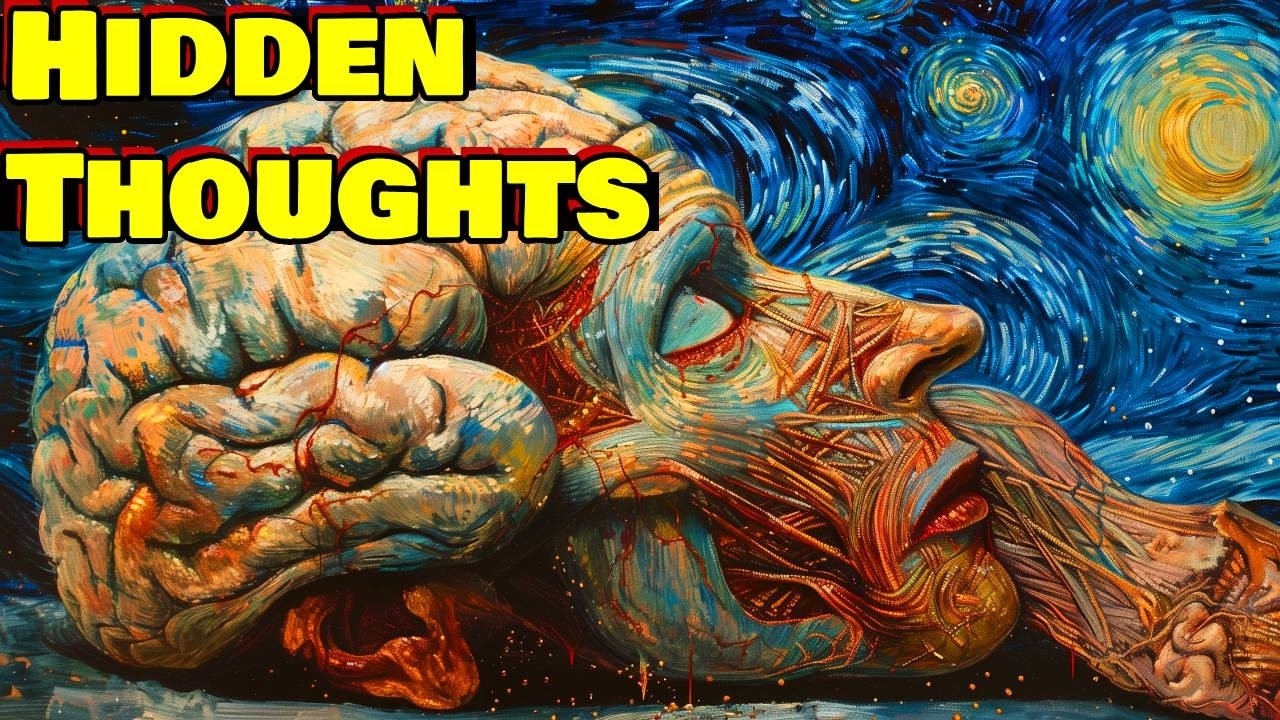The video reveals a leak about the Claude System Prompt, showcasing hidden aspects of its personality and decision-making process. It explores the use of artifacts, “ant thinking,” and best practices in prompt engineering to enhance user experience and maximize the capabilities of AI assistants like Claude.
The video reveals a leak about the Claude System Prompt that exposes hidden aspects of its personality and decision-making process. It shows how the system prompt behind Claude 3.5 operates, providing insights into the model’s thoughts and reasoning. By using dollar signs instead of bracket tags, the video demonstrates how users can reveal the system’s internal thought process that is typically hidden from view. This feature allows users to see the invisible thinking that occurs within Claude as it formulates responses to queries.
The video explores the use of artifacts within the Claude System Prompt, which are substantial self-contained content generated during conversations. Artifacts are detailed outputs that can be used outside of the conversation for various purposes such as reports, emails, or presentations. The video highlights the importance of maintaining naming conventions and consistency when creating artifacts, emphasizing the need for clear and descriptive identifiers. It also touches on the assistant’s preference to update existing artifacts rather than creating new ones, promoting efficiency in content management.
Additionally, the video delves into the concept of “ant thinking,” which is a method used to hide the majority of the system’s thought process from the user. By employing this technique, users can focus on the final output without being overwhelmed by the system’s internal deliberations. The video suggests that this approach enhances the user experience by providing a more concise and focused response. It also discusses the use of SVG images instead of pixels to improve visual quality and scalability in graphic outputs.
Furthermore, the video touches on the importance of providing clear instructions to the system for optimal performance. It emphasizes the need for examples and guidelines to help the system better understand user queries and generate accurate responses. The video showcases the meticulous documentation and testing involved in creating effective prompts for large language models like Claude. By following best practices in prompt engineering, users can maximize the capabilities of AI assistants and ensure a smoother interaction experience.
In conclusion, the video sheds light on the intricate workings of the Claude System Prompt and the thought process behind its responses. It illustrates how careful planning, detailed documentation, and innovative techniques like ant thinking can enhance the functionality and user-friendliness of AI models. By exploring the hidden aspects of Claude’s system prompts, users can gain a deeper understanding of how these models operate and how developers shape their behavior. Overall, the video provides valuable insights into the world of prompt engineering and the ongoing efforts to improve AI interactions for users.
